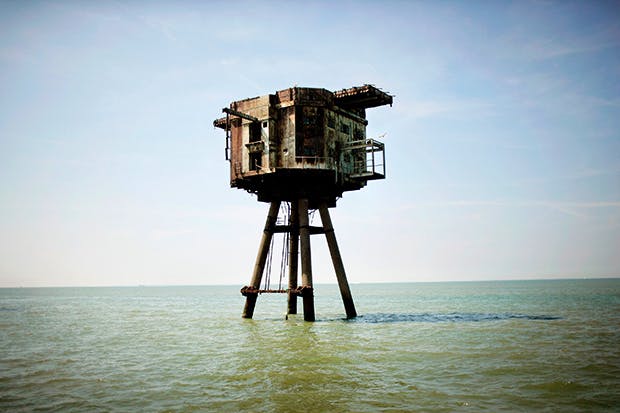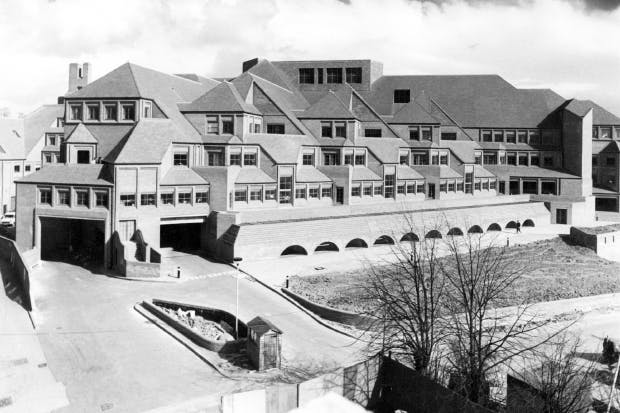Utopia dons some unlikely guises, crops up in some odd places. On the sea wall a couple in their teens stood clutching their baby and gazing half a mile across the opaque river to where streets run down to the shore: spires and warehouses, inns and gables announced a town.
Already a subscriber? Log in
Get 10 issues
for $10
Subscribe to The Spectator Australia today for the next 10 magazine issues, plus full online access, for just $10.
- Delivery of the weekly magazine
- Unlimited access to spectator.com.au and app
- Spectator podcasts and newsletters
- Full access to spectator.co.uk
Or














Comments
Don't miss out
Join the conversation with other Spectator Australia readers. Subscribe to leave a comment.
SUBSCRIBEAlready a subscriber? Log in